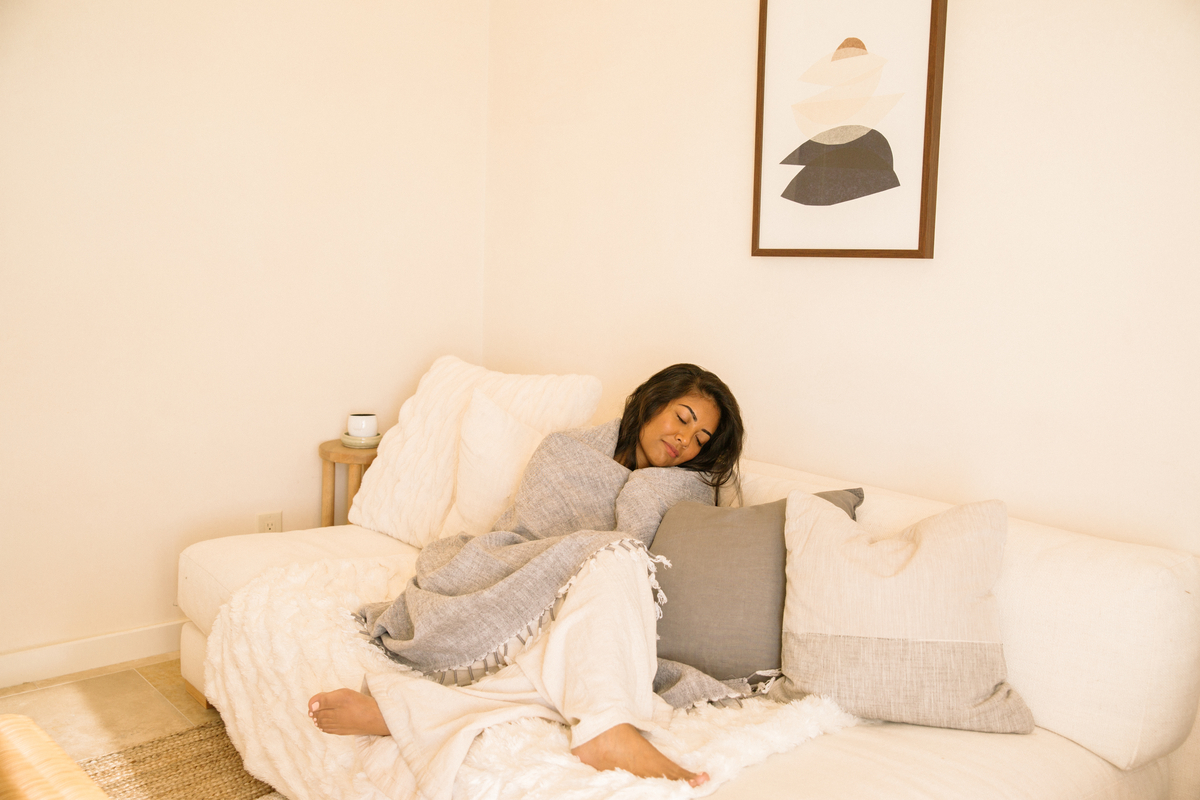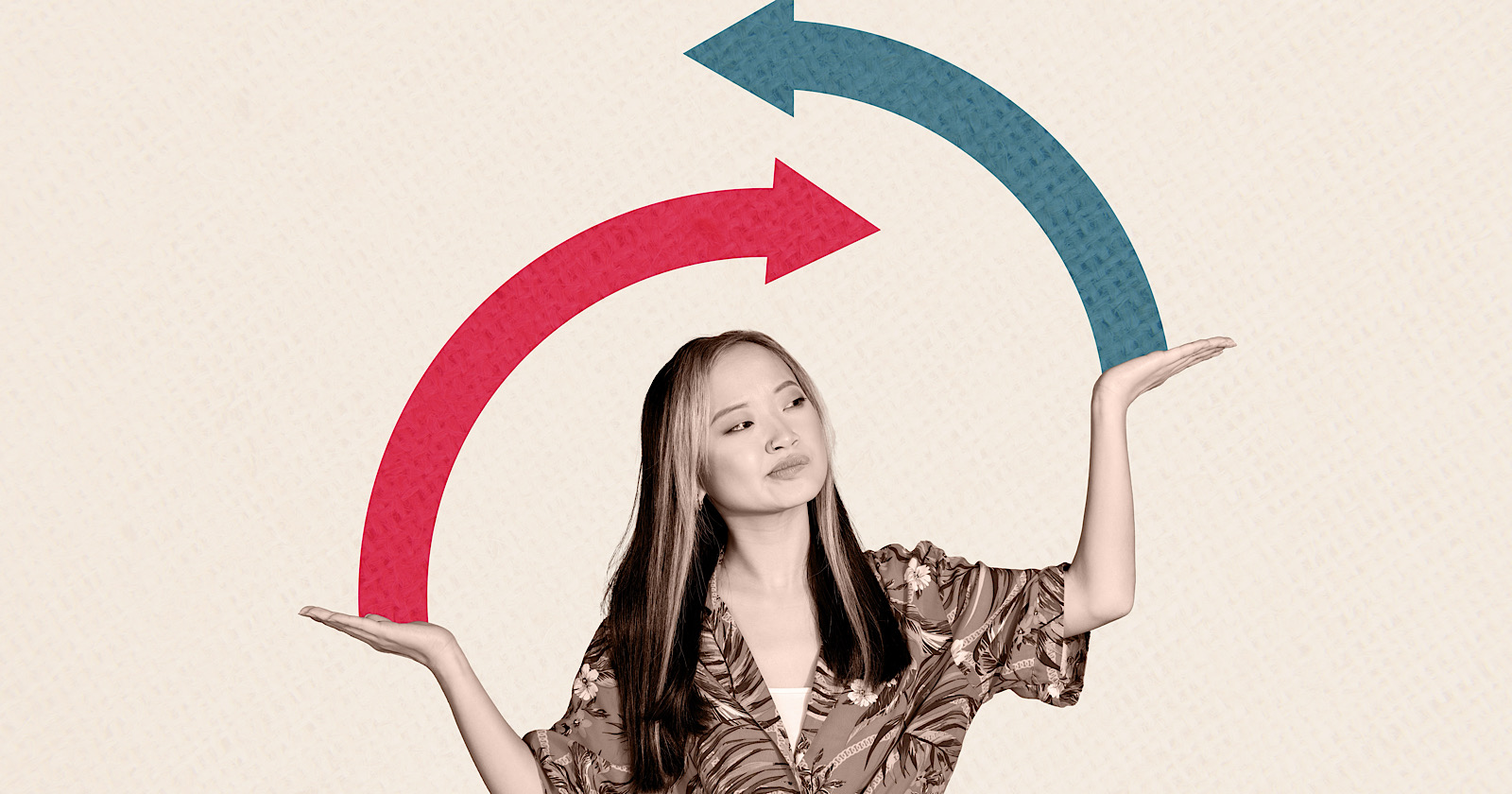Prana Mudra: How to Do, Benefits, Side Effects & Precautions
In the world of yoga, mudras are symbolic hand gestures that channel the body’s energy flow and are used extensively in meditation and pranayama (breath control). One such potent mudra is the Prana Mudra, which harnesses the vital life...
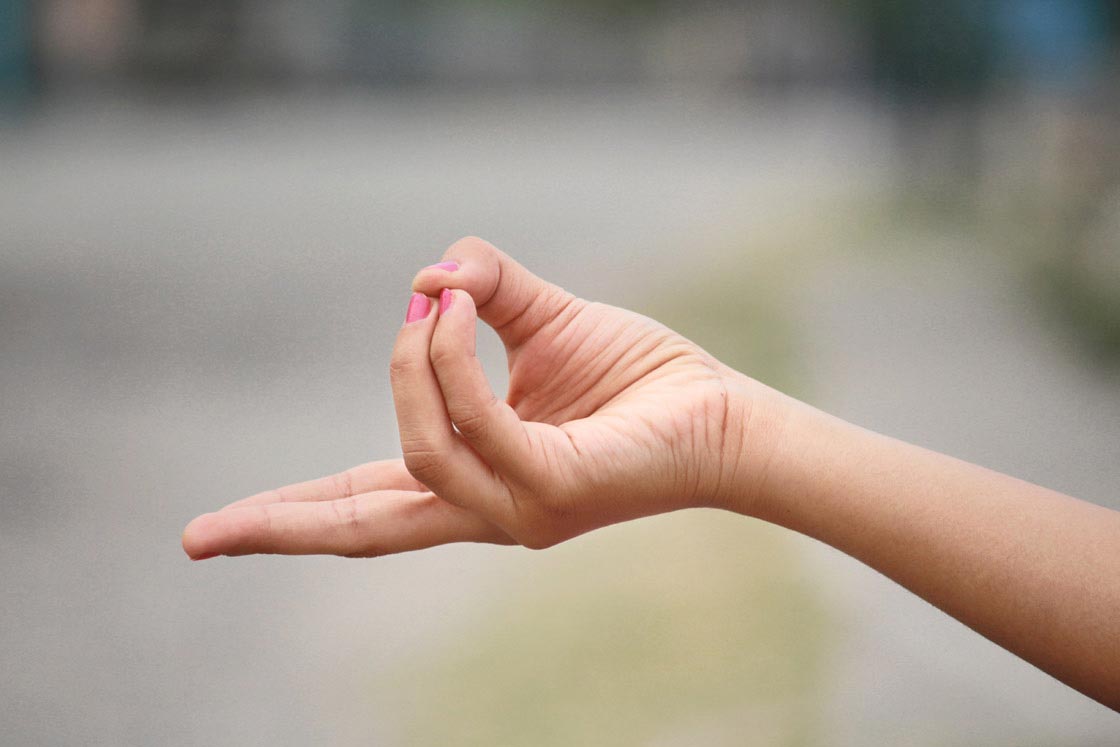
Prana Mudra: How to Do, Benefits, Side Effects & Precautions

In the world of yoga, mudras are symbolic hand gestures that channel the body’s energy flow and are used extensively in meditation and pranayama (breath control). One such potent mudra is the Prana Mudra, which harnesses the vital life force within us, known as Prana. This simple yet powerful gesture can invigorate the body, calm the mind, and enhance overall well-being.
Holding fingers in the prana mudra position is the best way to bring Prana into action and ensure its smooth flow. Once Prana starts flowing smoothly, the energy level of the body recharged automatically and you instantly feel energetic.
Introduction
Prana Mudra is performed by joining the little and ring fingertip with the thumb while keeping the other two fingers straight at rest. This mudra is associated with the element of air as the Prana Vayu seat is considered the heart.
This position of fingers in prana mudra directly impacts on;
The flow of breath and the heart-rate Circulatory system Body temperature The nervous system, to evokes a feeling of groundednessBesides, eyes, skin, and other sensory inputs also contain Prana Vayu, hence Prana mudra imparts ‘Pran (life-force)’ to these organs.
Prana mudra gives a sense of calmness in the body and mind, it’s also known as peace mudra or Shanti mudra.
When by the practice of prana mudra, Prana starts flowing without obstruction, then yogi becomes aware of subtle body flows. It develops the awareness of nadis and chakras.
Prana Mudra & Five Elements
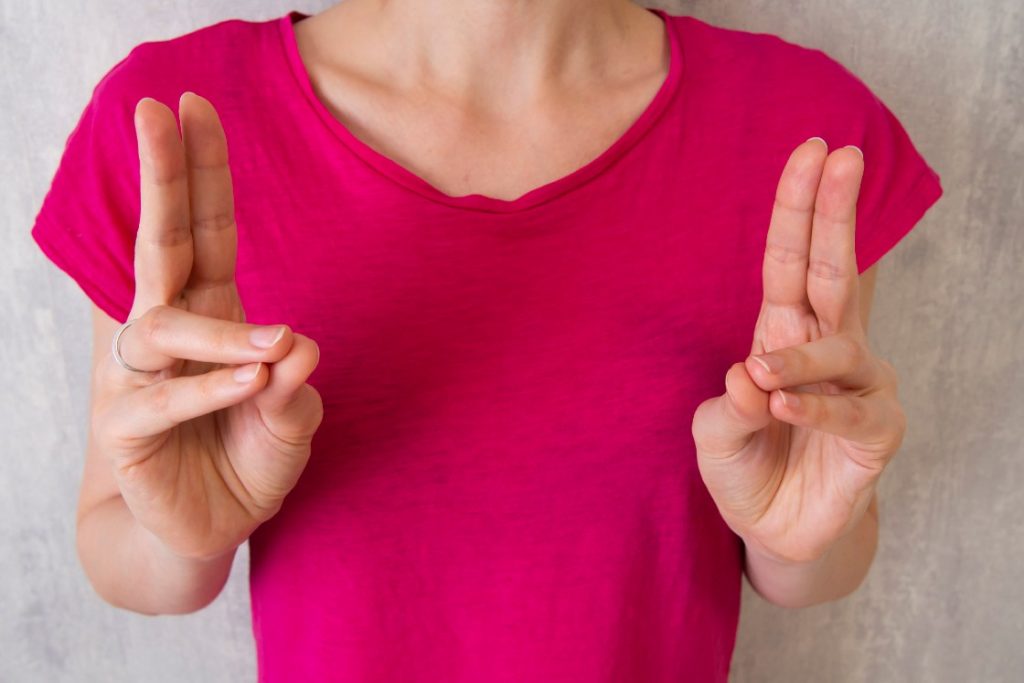 Image Source: Shutterstock
Image Source: ShutterstockA balanced proportion of 5 elements of the body is necessary for a healthy body. In Prana Mudra, water, earth, and fire are combined to activate pranic shakti.
The little finger represents water element shows the fluidity The ring finger represents the earth element shows stability And thumb represents fire element shows vigor and has a power of transformationIn prana mudra, earth, and water element quality are put together and when it combines with the fire element, it gives rise to prana shakti. This prana shakti manifests in the form of the combined quality of water, earth, and fire i.e better circulation, structure, and vitality.
Prana mudra also is known as the Kapha Karak mudra because it increases Kapha humor of the body. In Ayurveda, the earth and water element makes Kapha dosha. These 2 same elements are combined in Prana mudra, hence this alternative name.
On the other side, when the fire element gets in touch with the water, then it balances the excessive fire or Pitta dosha or Jathragnee. In this way, Prana Mudra also is known as Pitta Nashak Mudra.
How to Do Prana Mudra
Sit in a comfortable meditative posture, i.e. Padmasana, Siddhasana, Vajrasana, or Sukhasana. Gently close your eyes and breathe deeply for a few rounds. Concentrate on the air entering and exiting through nostrils. Bring little and ring fingers of both hands together and bend them towards the thumb. Gently press these fingertips against the thumb tip. Keep the rest two fingers, i.e. index and middle straight and lightly stretched. Hold both hands fingers in this position without any movement for at least 15-20 minutes. Release the mudra by gently stretching fingers straight and rest in sitting posture.Follow the following instructions for prana mudra with pranayama breathing.
Prana Mudra in Pranayama
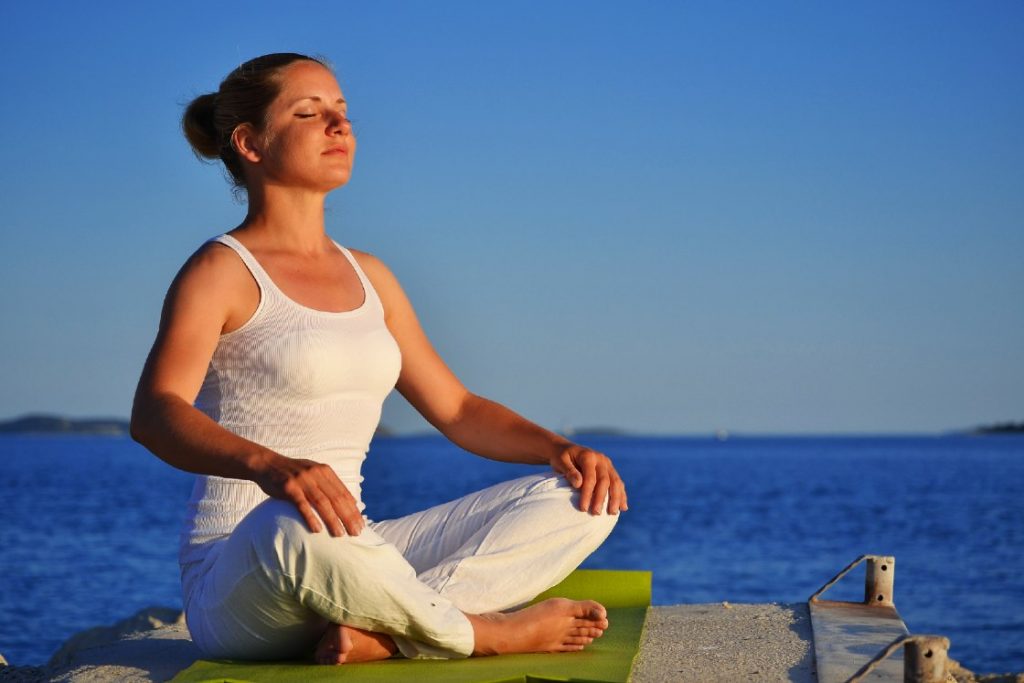 Image source: Shutterstock
Image source: ShutterstockBesides practicing prana mudra in a simple sitting position, it can be practiced in guided breath awareness to lift the prana level into higher chakras. It’s called prana mudra pranayama practice.
Begin with both your hands in the Prana mudra position. Without straining the chest muscles, inhale and exhale deeply for a few rounds. At the end of complete exhalation, perform the Mula Bandha by concentrating on the root chakra. Try to keep the air outside as long as you are comfortable and then slowly release the Mula bandha. Now, gently start inhaling as deep as possible while expanding the chest to let the lungs filled with fresh air. Coordinate your abdominal inhalation movement with the lifting of hands in [prana mudra] slowly from kneecap to the navel region. With this movement of hands, visualize the flow of prana from the Muladhara chakra to Manipura Chakra. In the next inhalation, expand your chest further with upward movement of hands till they reach in front of the center of your chest. Here try to feel the flow of prana Vayu from Manipura Chakra to the Heart Chakra. Now draw furthermore air into the chest by raising the shoulder and collarbones in the next inhalation. While raising shoulders, feel prana is moving from Heart to Throat Chakra followed by Ajna Chakra and finally reaching to Sahasrara chakra. Concentrate on the Sahasrara Chakra and with closed eyes, visualize the pure light eliminating from the crown of the head. Be in this stage for as long as you are comfortable with the breath held inside and then gently start exhaling. (keeping your lips closed).This practice of prana mudra with breath awareness and concentration utilize the complete physical posture, hence it’s called kaya mudra (postural gesture) rather than just a simple hasta mudra.
Ideal Time & Duration
The prana mudra should be performed empty stomach at the time of sunrise facing the sun.
In the sequence of asana-pranayama-meditation, it should be practiced after completing asana and pranayama. Just before sitting quietly in meditation, prana mudra should be performed to ensure a balanced level of Prana throughout the complete sitting.
Prana mudra can be practiced for a minimum period of 15 minutes to a maximum of 45 minutes. Although there is no limitation on how long you should practice a mudra.
It can be practiced daily and gives the best results when performed during other yogic practices.
Prana Mudra Benefits
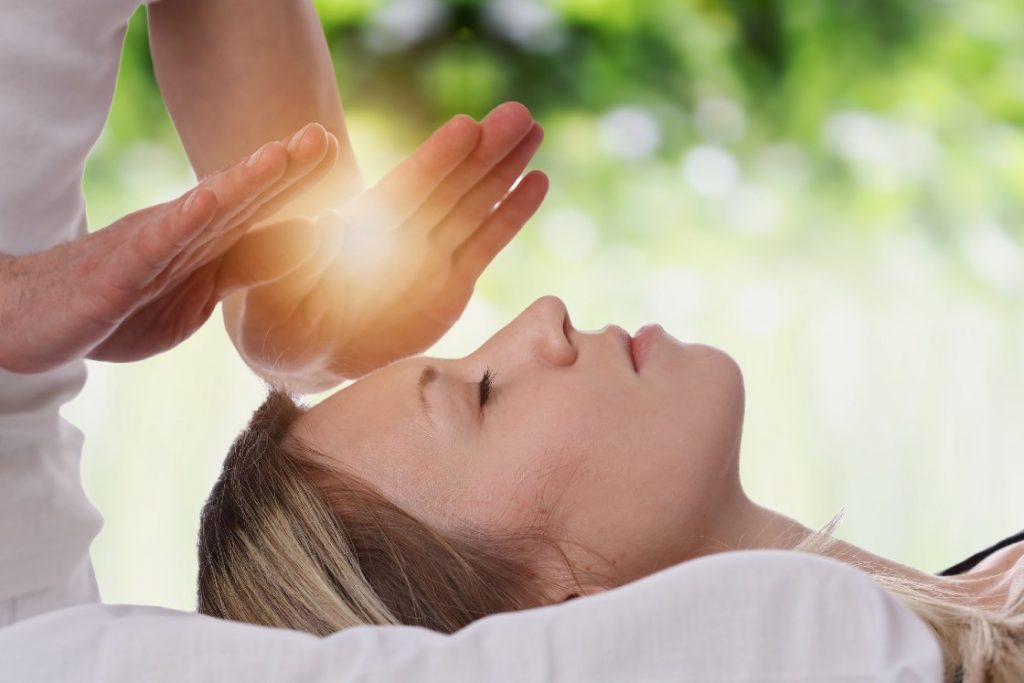 Activates the pranic energy – Prana mudra is practiced for the invocation of the pranic energy and used to awaken the dormant prana shakti (breathing power) of an individual.
Remedy in low blood pressure – Prana is the force of life and practicing prana mudra helps in alleviating low blood pressure as it increases the blood flow.
Prevents hair fall and strengthen hair root – Hair roots weaken by the lake of the earth element in our body. Prana mudra balances this insufficiency of the earth element and this way strengthens hair roots.
Increase lung efficiency – Prana mudra is an aid to increase the efficiency of lungs as it is related to the breathing exercises.
Tuberculosis management – This mudra helps you to overcome tuberculosis and prevents its occurrence.
Controls excessive yawn – If one yawn so much due to lack of energy and deficiency of oxygen in the body, then prana mudra can do wonders for it.
Removes lethargy – A feeling of low energy can be entirely removed by practicing this mudra as it is directly related to the activation of mooladhara.
Controls metabolism – This mudra maintains the optimum metabolism of the body and can also be practiced for problems related to the Thyroid.
Boosts Immunity – Prana mudra helps in giving a boost to your immune system, which is responsible for fighting against diseases, infections, and pathogens.
Overcome negative thoughts – If your mind is trapped in the cage of negative thoughts, then prana mudra is the ultimate solution to get rid of this negativity and negative thoughts.
Activates the pranic energy – Prana mudra is practiced for the invocation of the pranic energy and used to awaken the dormant prana shakti (breathing power) of an individual.
Remedy in low blood pressure – Prana is the force of life and practicing prana mudra helps in alleviating low blood pressure as it increases the blood flow.
Prevents hair fall and strengthen hair root – Hair roots weaken by the lake of the earth element in our body. Prana mudra balances this insufficiency of the earth element and this way strengthens hair roots.
Increase lung efficiency – Prana mudra is an aid to increase the efficiency of lungs as it is related to the breathing exercises.
Tuberculosis management – This mudra helps you to overcome tuberculosis and prevents its occurrence.
Controls excessive yawn – If one yawn so much due to lack of energy and deficiency of oxygen in the body, then prana mudra can do wonders for it.
Removes lethargy – A feeling of low energy can be entirely removed by practicing this mudra as it is directly related to the activation of mooladhara.
Controls metabolism – This mudra maintains the optimum metabolism of the body and can also be practiced for problems related to the Thyroid.
Boosts Immunity – Prana mudra helps in giving a boost to your immune system, which is responsible for fighting against diseases, infections, and pathogens.
Overcome negative thoughts – If your mind is trapped in the cage of negative thoughts, then prana mudra is the ultimate solution to get rid of this negativity and negative thoughts.See More: Vrittis – Causes of Thoughts Patterns Prana mudra for weakness – It is beneficial in overcoming the weakness in the body. The persons who practice prana mudra twice a day, i.e. at the time of sunrise and sunset, their body kept charged throughout the whole day until they go to sleep. Moreover, it also increases the strength of the body. Calms mind and body – Prana mudra calms the mind and gives a feeling of peace as it controls the high metabolism, blood pressure and alleviates the mood, and makes a person more stable in terms of spirituality.
Side Effects
However Prana mudra is beneficial in all ways, but practicing it excessively and wrong time may bring following effects;
Increases obesity – Ayurveda tells about three Prakriti – Vatta, Pitta, and Kapha. Prana mudra increases the Kapha element and slows down the fire element, which may result in increased body weight if practiced for long durations at one sitting. Avoid practicing after sunset – Practicing prana mudra at night may cause a lack of sleep as it triggers all the metabolic activities of the body and night is the time when it comes to shutting down the processes. So it is not recommended to practice it at night.Precautions
If you’re practicing it the first time, don’t hold hands in this mudra for a longer duration in one sitting. While practicing it with pranayama (breath regulation), be careful to not strain the lungs. Wearing loose-fitting clothes will be effective in Prana mudra with pranayama.Conclusion
Prana Mudra is a powerful and accessible practice that can significantly enhance your physical, mental, and spiritual well-being. By incorporating this simple hand gesture into your daily routine, you can harness the vital life force within you, leading to a more energized, balanced, and peaceful life.
About The Author
Ashish
Ashish is a certified Yoga Teacher having experience of teaching at various schools in India. He started learning yoga from renowned yoga schools in the world capital of yoga, Rishikesh. Through his teaching, he realized how Yoga & Ayurveda can be used to increase the longevity and wellness of one's life.

 ValVades
ValVades 












